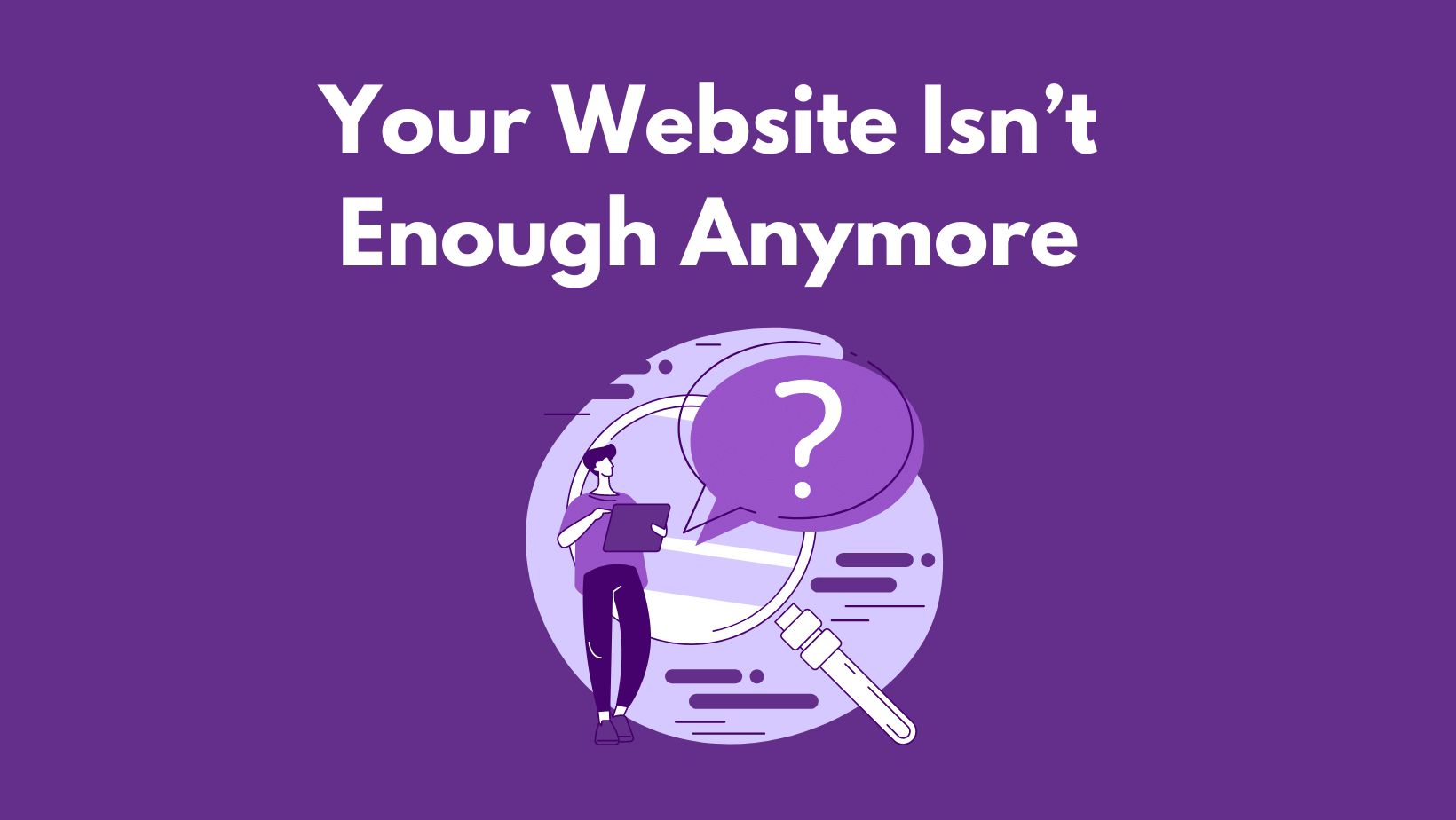A Step-by-Step Guide to Testing Healthcare Applications
Nowadays, the health department users or quality assurance (QA) specialists necessarily test every healthcare app. Quality assurance has become a leading step in making the healthcare app workable in the medical industry. It is done mainly to ensure a positive experience for every healthcare receiving user.
The systemic process of testing healthcare applications through a quality assurance team enables a seamless working of the healthcare app. Another major objective of the quality assurance check is to assure the privacy of users’ personal data. This prime purpose has now become a leading step in working closely with healthcare regulations and norms.

It is pertinent to note that the process of testing any healthcare app is different from the testing of other software products. The app developer needs to focus mainly on the major required tools of testing, such as a step-by-step guide on the ways of testing. It also includes focusing on healthcare revealed soft spots of checking healthcare apps. It may further include the way of choosing the right QA team for testing the healthcare app.
Soft Spots to Be Checked When Testing Healthcare Apps:
In the medical industry, there exist different kinds of healthcare apps. These healthcare apps manage different valuable and sensitive medical data and information. It is the reason that such healthcare apps are focused on more soft spots as compared to other applications. The following is brief information about the vulnerability and potential weaknesses of all healthcare apps.
Failure to Comply with HIPAA Requirements:
HIPAA compliance checklist is a major tool when checking the reliability of a healthcare app. Throughout the entire product lifecycle, the HIPAA checklist saves a healthcare institute from facing huge penalties and fines. It also saves from possible cyber attacks and data breaches that mostly happen with the patient or client-driven data and information. Below is a small checklist of HIPAA compliance rules that need to be followed:
· Role-based Access Controls Working Properly: It is necessary to ensure that every role is well-defined in the accessed scenarios. Another responsibility is to ensure that only prescribed data is provided to every user.
· The App Offering Secure Authentication. It includes working through a multi-factor authentication system. It also encompasses risk-based authentication, short-term passwords, and biometrics. These entire functionalities enable providing every user with a higher level of protection. The QA team further necessarily has to check the app concerning its better functionality and processing for all users.
· Encryption of Protected Health Information (PHI): The process of encryption is an easy manner for securing sensitive information. Every QA engineer is required to check the processing of encrypted information and decryption for better security. The PHI needs to be secured with proper keys and their proper way of storing and functioning.
· Data Backups are Automated: There is no requirement for an automated data backup in HIPAA. The manual backup also consumes a lot of time and can be forgotten. Every user needs to automatically back up data using a particular data manipulation or a certain frequency. The QA team must check if the backup is successful, particularly after meeting all the conditions.

User-Unfriendly UI and UX:
When it comes to app testing, user satisfaction is of great importance. The satisfaction is influenced through three main criteria, such as effectiveness, efficiency, and usability. The first phase is the usability evaluation plan that the QA team starts when testing the app. It helps in ascertaining whether the developed healthcare app is easy to work with or user-centric.
The main areas covered in the usability function are usability goals, usability metrics, usability tasks, and usability roles. This strategic plan helps in mapping out the basic approaches to testing user experiences and user interfaces of the healthcare app.
The conduct of an expert review is the next step to initiate hallway usability testing. This type of testing enables every tester to identify the actual time that a potential user will take to complete the app-based tasks. For executing such a role, the QA team selects randomly a user who is focused on completing a few actions with the healthcare app.
The aforesaid type of check-up supports the QA engineer in finding any issue and inconvenience that may be hindering the app system. Afterward, the QA engineer checks the entire healthcare app from a technical perspective, thereby providing an entire experienced and expert review.
Incompatibility with Medical Systems:
A major thing to be checked while testing a healthcare app is its interoperability. It is checked between the third-party healthcare software systems and the healthcare app itself. This type of software may include medical practice management software (MPMS), hospital management software (HMS), and electronic health record (EHR).
It is pertinent to note that the integration of third-party software generally makes the healthcare app much convincing and usable for every user. The challenging part of interoperability is that all hospitals and their software can effectively utilize their system. These may include properly working with functionality logic, database type, and data format.
This type of lacked uniformity, particularly with the legacy system, forms more layers of future problems. Therefore, the QA engineer must ensure checking the healthcare app concerning communication matters, thereby making the app integrated and working fine with the entire system.
Incompatibility with Wearable Devices:
The healthcare market is truly flooded with low-cost wearable devices. There is now observed an attraction of new audience and giant market shares, such as from smart glasses, wearables, smartwatches, and fitness trackers. The healthcare app is likely to function properly if it is supported with external tracking devices. However, it might be a point of friction to observe the working of wearable trackers with that of the healthcare app.
Among the major problems relating to wearable devices, the app is unable to be seen as devices working properly. For example, these include devices connecting but are not transferring data, devices seeing but not connecting, and apps not seeing as devices. To avoid such issues and remain customer-focused, the QA team must checks its compatibility with every device that is being planned to be supporting the healthcare app.
Poor App Performance:
App performance is a leading factor influencing overall customer satisfaction. Every customer desires to connect its app free of hurdle regardless of their connection quality (LTE, 4G, and 3G), mobile device, and location. It also accounts for the factor that the number of other users using the app at the same time. The QA team has to check every variable that could impact the app’s speed while ensuring its scalability at the maximum level.
How to Test a Healthcare App:
The QA team needs to follow a strict quality assurance testing procedure to identify the entire potential vulnerabilities of the healthcare app. This strategic process can enable enhancing results of the entire checkup while optimizing its resources. Below is a set of processes that needs to be applied to better testify a healthcare app.

Test Planning:
The initial step for the QA team is to define the scope of the project and to extract product needs. This strategic action helps in creating a test plan on the basis of the needed features and product specifications. A test plan is focused documentation that helps in outlining the deliverables, cost estimates, time, schedule, objectives, and test strategy.
Moreover, a test plan outlines other required needs for testing, such as hardware, software, specialists, and other resources. This well-focused plan enables the QA team to determine the estimation of the testing process while measuring its essential resources. It also helps in determining predictable results upon finishing the entire testing process.
Requirements Testing:
In this step, the QA engineer analyzes every existing requirement. It also identifies the possible risks, issues, and other vulnerabilities that the app may suffer in the future. For ensuring better and clear requirements, the QA team checks the entire app concerning testability, consistency, correctness, and completeness.
This process helps in meeting all quality criteria while fulfilling all projects and testing requirements. It finally ensures that the entire process is run and completed with the alignment of entire business objectives.
Functional and Non-functional Testing:
In this step, the QA engineer ensures checking the efficacy of app functionality and looking it up for the possible bug. Upon detecting any bug, they start passing data to the app developer. Amid non-functional testing, the QA engineer checks every aspect of the healthcare app to ensure its better functioning.
The above aspects may include security, reliability, usability, and performance. During this step, the QA engineers perform API testing, volume, recovery, installation, compatibility, security, performance, usability, integration, regression, sanity, and smoke.
Regression Testing:
Upon receipt of any bug information from the QA team, developers start fixing these problems. However, the fixation of bugs can impact current functionality, or somehow break it. The process of regression testing ensures that the entire app works fine after fixing the bugs, particularly without any hindrance.
The regression testing also speeds up the app performance with complete automation. It ensures product stability and saves it from the influences of product damage that occur due to any possible existing modification.

Reporting:
The step of reporting is quite essential after all testing iterations. It helps in documenting every testing activity and subsequently finalizes it with the test results. With such reports, the healthcare institute can view the big picture of the app and its readiness that may dominate the markets.
Choosing a Vendor to Test the Healthcare App:
The final work is to choose a vendor to test the healthcare app. It should be done by following and keeping in mind the above healthcare formalities, HIPAA requirements, and health regulations. The QA-related company should be chosen by following the workflow described above. However, there is, even more, need to choose a QA company, such as choosing a team that applies security testing, load testing, risk-based analysis, and the compatibility test.
· Compatibility Testing: It is essential for assuring the consistent and proper working of the healthcare app across different kinds of software and hardware. It becomes more necessary to provide a convincing experience and a smooth implementation of the device that the users use for the healthcare app.
· Risk-based Testing: It enables the QA team in detecting every potential risk that the healthcare app may be encountering or maybe preventing from a good workable design and future solution.
· Load Testing: It supports the QA team in determining the capability of the app concerning its scalability. It also enables testing the app concerning its hurdles that usually slow down the app performance.
Conclusion:
In seven European countries in 2017, there was conducted a giant poll concerning the functionality, reliability, and trustworthiness of the healthcare app. It revealed that a major barrier to the bigger update of healthcare apps was its unclear user interface and complexity. Therefore, a proper and complete QA check becomes necessary before releasing any healthcare app, thereby eliminating every such barrier that may be hindered in the process of a secured and interactive healthcare app.








